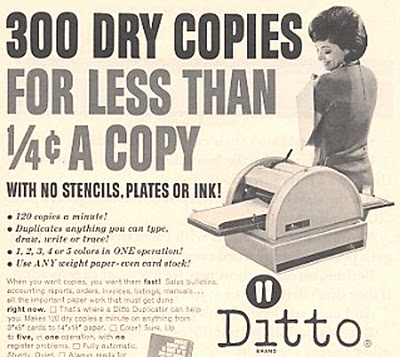If you were to see a list that included UPMC Shadyside, UPMC Passavant, St Clair Hospital, Geisinger and Chan Soon Shiong Medical Center, but no other local hospitals in this immediate geographic region, your initial question might be something like, “What’s this list represent?”
Here’s the succinct answer to that question for people living in the Greater Johnstown Area. This is part of a list of the top rated hospitals in Pennsylvania.
Let’s be perfectly clear about this, too. When you consider every aspect involved in evaluating a hospital for elite status, it’s very relevant that this is not some type of purchased PR accolade meant to create a smoke-screen for publication. It is, in fact, the result of serious patient analytics by the Centers for Medicare and Medicaid. More importantly, it is a sincere recommendation meant to assist patients in their healthcare selections.
No, Chan Soon-Shiong Medical Center is not in the same league clinically as the hospitals listed above in range of services, but the services offered there do contribute significantly to one very important aspect of evaluation. When patients are asked if they would recommend CSSMC, their sincere answer to many detailed questions is “Absolutely, yes.” In other words, the range and scope of services offered at CSSMC are top-notch.
If you’re wondering how an achievement like this is possible, there is only one answer, teamwork, teamwork under the umbrella of incredible clinical leadership that is endorsed at the very top by the CEO, Tom Kurtz. Dr. David Csikos, MD, Chief Medical Officer, and Sherri Spinos, Vice President of Nursing are two of the hundreds of members of the CSSMC staff who should be standing in the winner’s circle accepting this Gold Seal of approval.
Not only did Tom Kurtz, CEO turn around a small rural hospital that, like all of its peers in the State at that time, was heading toward either merger or closure, he did it with a spirit of good humor, compassion, kindness and positive energy. His positive energy was passed on to CSSMC’s physicians and staff in ways that create patient satisfaction at the highest levels.
Congratulations to Chan Soon-Shiong, to Tom Kurtz and the Windber clinical leadership, staff, and physicians involved in this significant accomplishment. They have achieved “Best of Show” as Blue Ribbon winners in this national recognition. As the former Windber Medical Center continues to achieve these incredible quality standards as a small, rural hospital, we need to recognize and thank them for their efforts to provide quality healthcare to our region.
They’ve done it again. Keep up the magic.
Becker’s Hospital Review
The top recommended hospitals in every state
Mackenzie Bean (Twitter) – Friday, August 4th, 2023
Becker’s has compiled a list of the hospitals patients are most likely to recommend in every state using Hospital Consumer Assessment of Healthcare Providers and Systems data from CMS.
CMS shares 10 HCAHPS star ratings based on publicly reported HCAHPS measures. The recommended hospital star rating is based on patients’ responses to the question, “Would you recommend this hospital to your friends and family?” Hospitals must have at least 100 completed HCAHPS surveys in a fourth-quarter period to be eligible for a star rating. Learn more about the methodology here.
The star rating is based on survey data collected from hospital patients from October 2021 through September 2022. The figures are from CMS’ Provider Data Catalog and were released July 26. Asterisks denote that CMS included a footnote about the organization’s data, which are summarized below.
The hospitals that received five stars for patient recommendations in every state:
Pennsylvania
Advanced Surgical Hospital (Washington)
AHN Hempfield Neighborhood Hospital (Greensburg)
Bryn Mawr Hospital
Chan Soon-Shiong Medical Center at Windber
Chester County Hospital (West Chester)
Doylestown Hospital
Edgewood Surgical Hospital (Transfer)
Evangelical Community Hospital (Lewisburg)
Geisinger Jersey Shore Hospital
Geisinger St. Luke’s Hospital (Orwigsburg)
Hospital of the University of Pennsylvania (Philadelphia)
James E. Van Zandt VA Medical Center (Altoona)
Lebanon VA Medical Center
OSS Orthopaedic Hospital (York)
Paoli Hospital
Physicians Care Surgical Hospital (Royersford)
Rothman Orthopaedic Specialty Hospital (Bensalem)
St. Clair Hospital (Pittsburgh)
St. Luke’s Hospital-Anderson Campus (Easton)
Surgical Institute of Reading (Wyomissing)
Troy Community Hospital
UPMC Passavant (Pittsburgh)
UPMC Presbyterian Shadyside (Pittsburgh)






